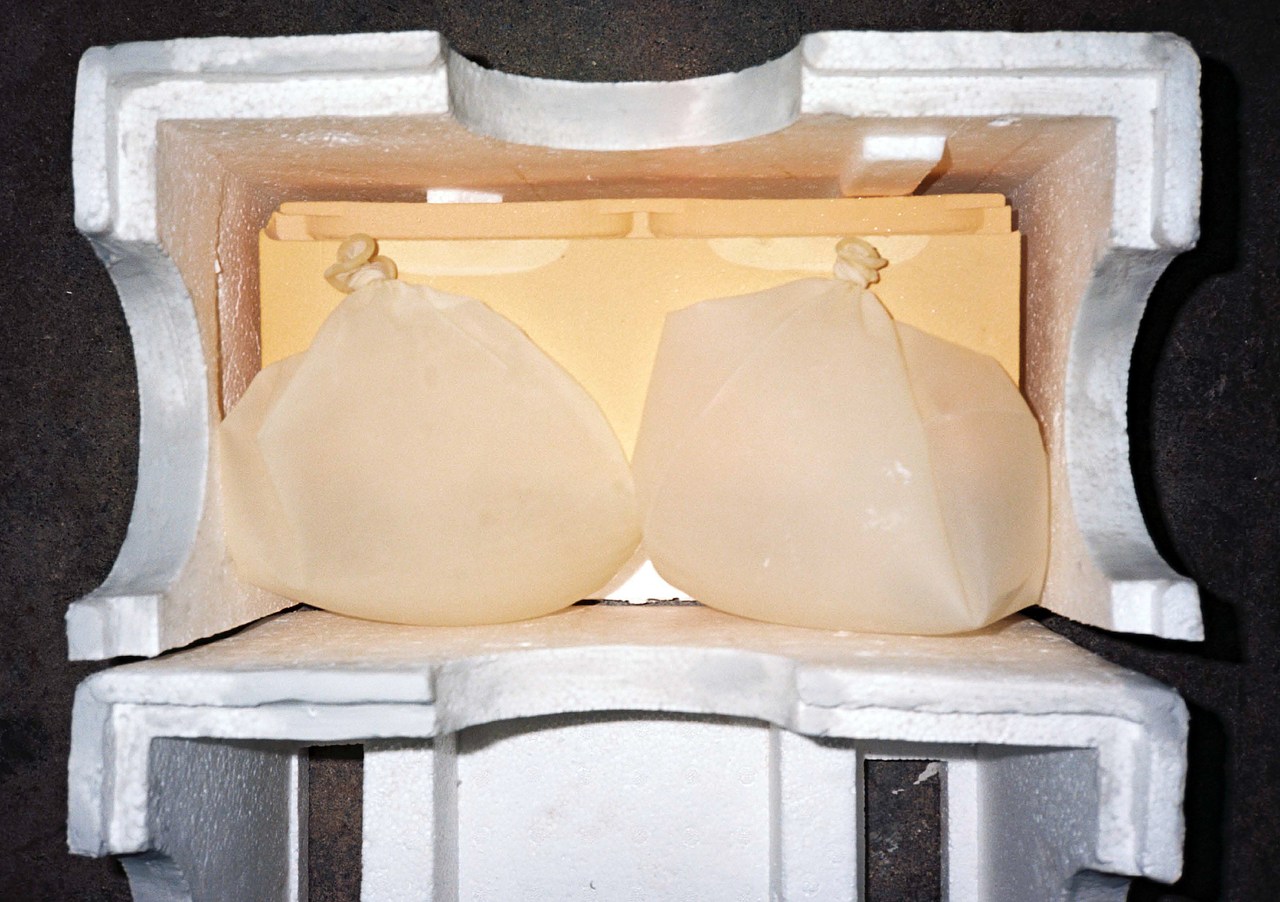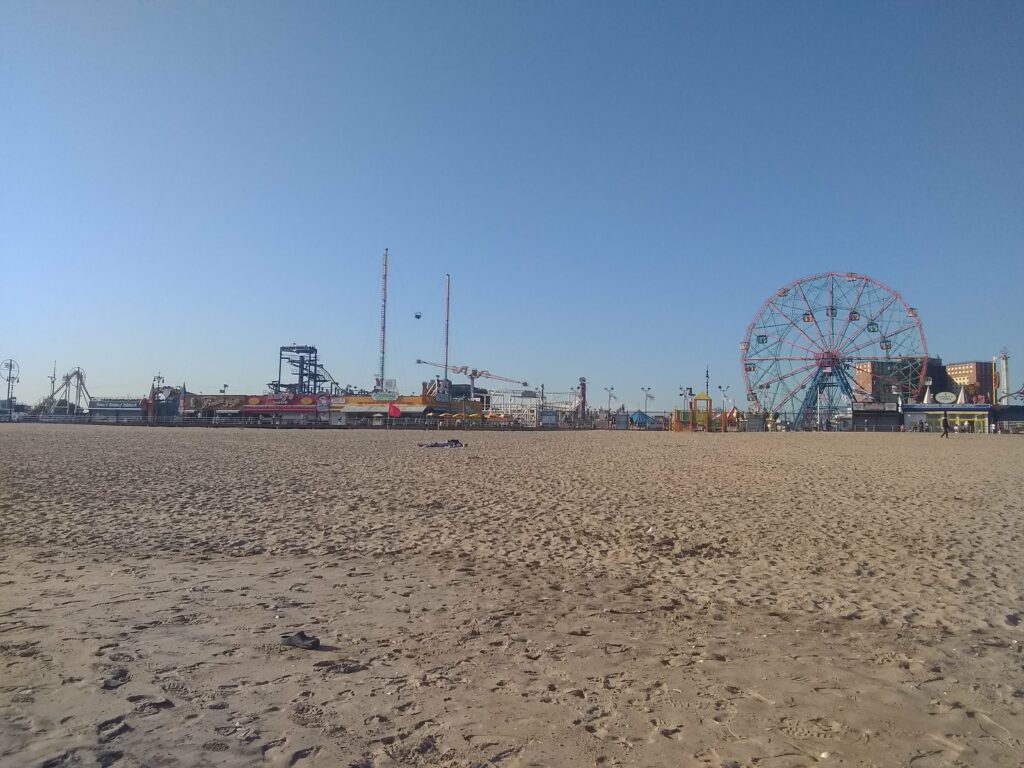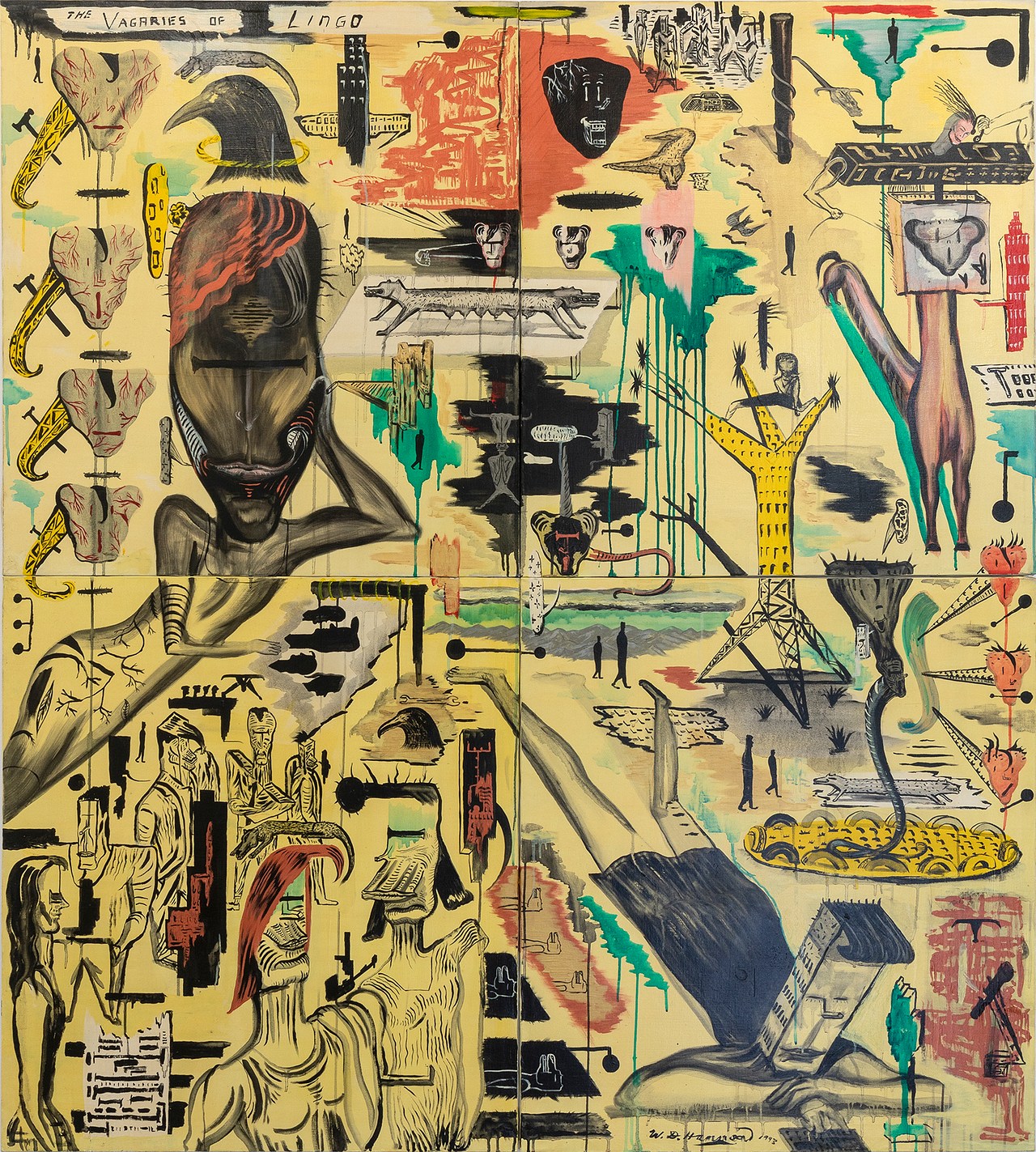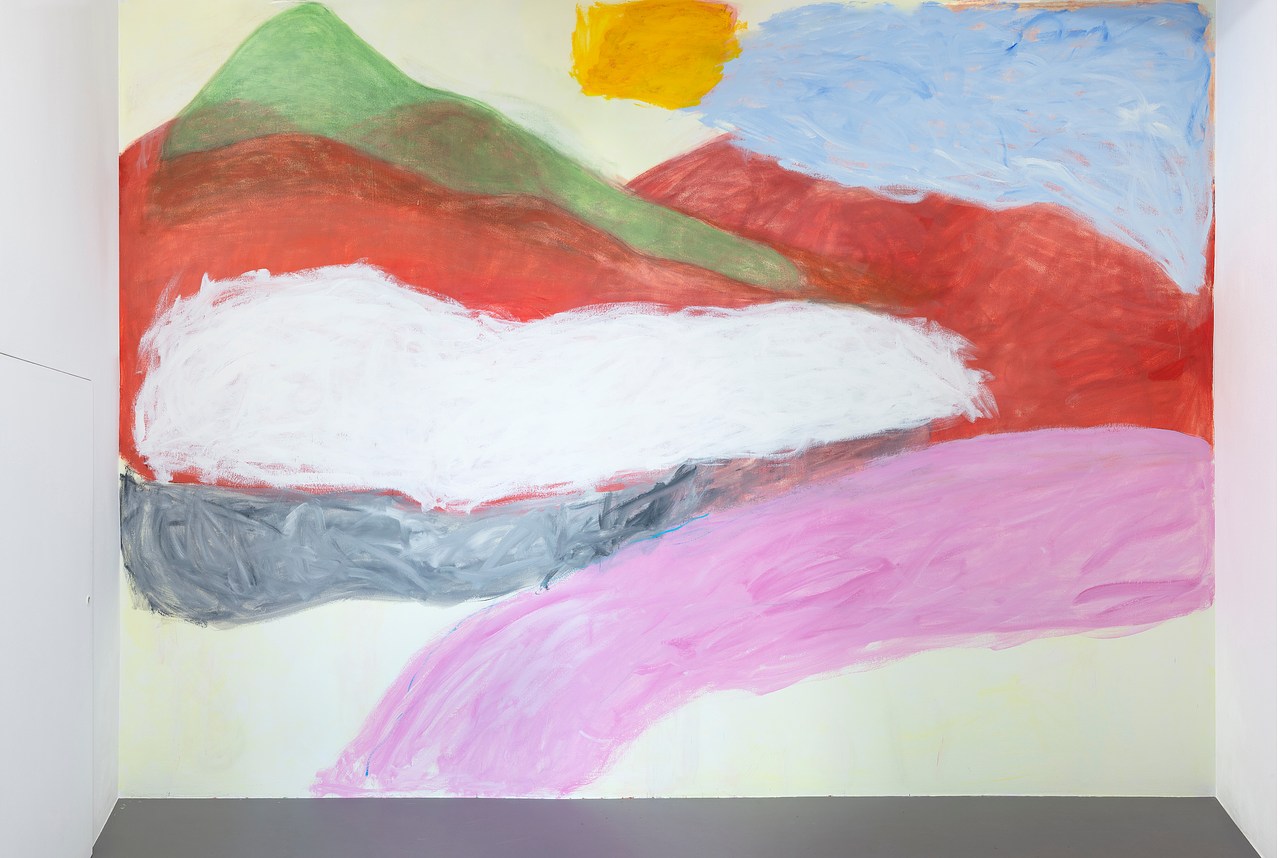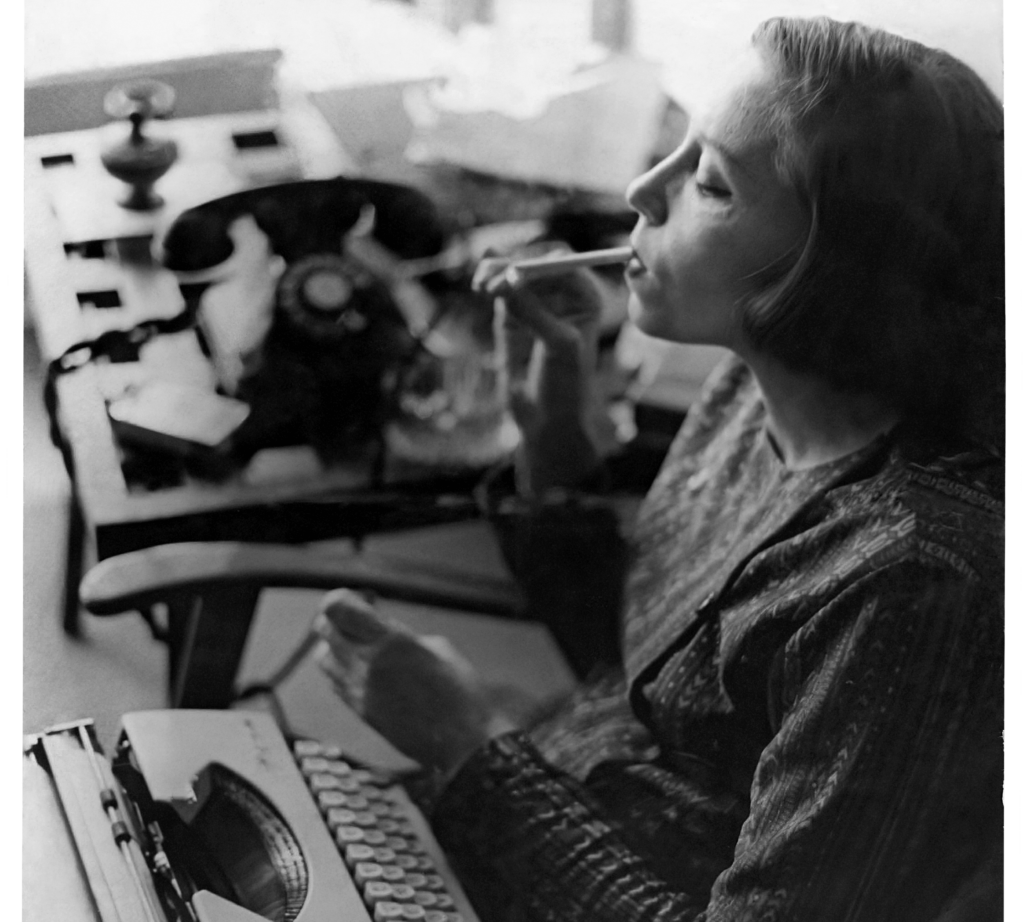There is something off about August. This part of the summer season brings about an atmospheric unease. The long light stops feeling languorous and starts to seem like it’s just a way of putting off the night. There is no position of the earth in relation to the sun that comes as a relief. Insomnia arrives in August; bedsheets become heavy under humidity. No good habits are possible in August, much less good decisions. All I do is think about my outfits and my commute, constantly trying to choose between my sweatiness and my vanity. People are not themselves. I go see the party girls and find them wistful. I meet up with the melancholics and find them wanting to stay out all night.
In August I cannot think, so I cannot work. This is not not-working in a restful or decadent way. This is not-working as certain doom. And I can’t not-work in peace either: if I leave in July I consider myself traveling but if I leave in August I am just leaving. The best I can hope for, in the absence of a purpose like business or pleasure, is an escape. Maybe a light excursion. In any case I am rarely in the place I can reasonably call my home in August, and instead stay in other people’s basements, in their living rooms, on their couches. I sleep on what was once a little brother’s bunk bed and wash my hair in his parents’ shower. I walk down the stairs and see their children’s fingerprint smudges on the banister. I stay in hotel rooms by myself and think: What a waste. (I am convinced that hotel rooms are designed for sex, even though I am not particularly into the quality they have—sealed, hermetic, identical. Hotels are to sex what time zones are to jet lag, I think. A change of interiors out of proportion with the body.)
I am against August. When I try to explain this position, some people instinctively want to argue. These people seem to love the beach beyond all reason, to have never suffered a yellowed pit stain on a favorite white T-shirt in their life, and to eagerly welcome all thirty-one days of August as though they are a reward for a year well-lived rather than a final trial before the beginning of another. These are people who vacation with peace of mind. To them, I say: Go away. To the people who agree with me, I say: Go on.


